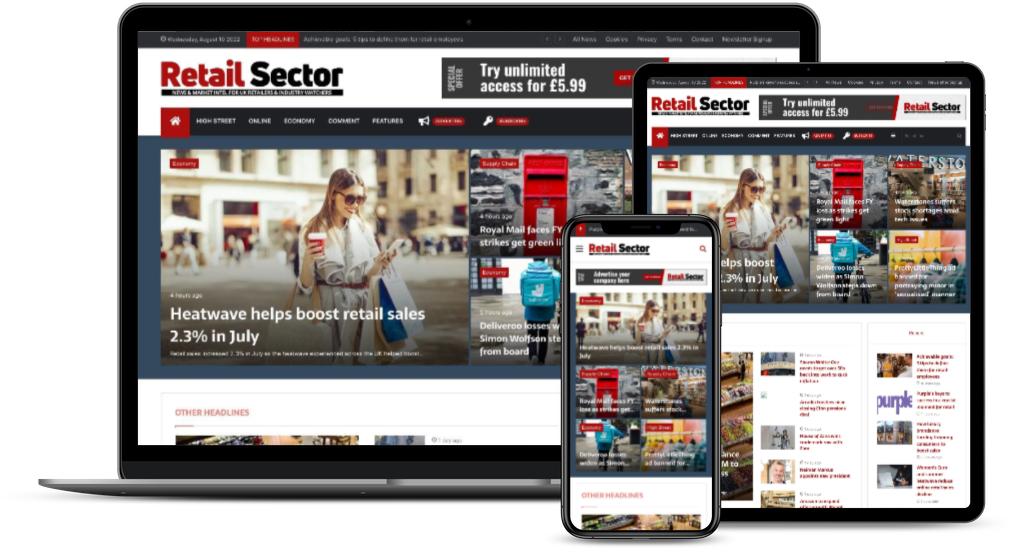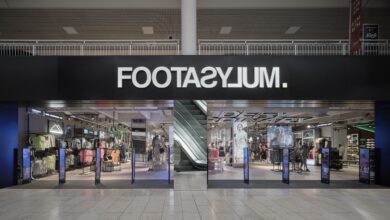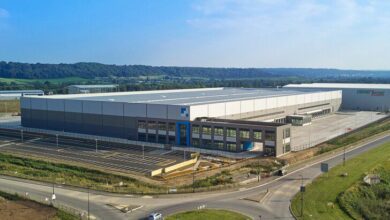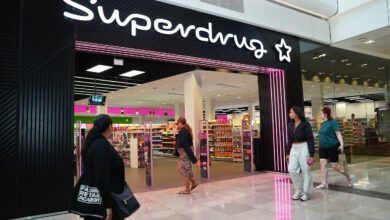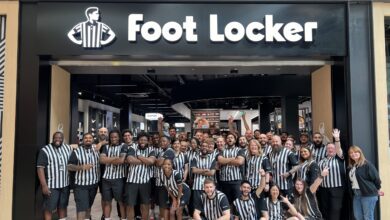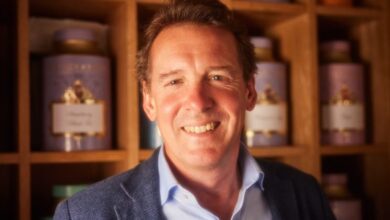How is Westfield’s new Health and Wellness Village reshaping retail spaces
The UK’s $224bn wellness market ranks among the world’s top five, and Westfield London is tapping into this growth with its new Health and Wellness Village, an all-in-one hub for physical and mental wellbeing. Director of operations Jacinta Rowsell, director of operations UK at Unibail- Rodamco- Westfield, discusses how the group is setting a new standard of mixed-use destinations that enhance customer experiences and cater to modern lifestyle priorities
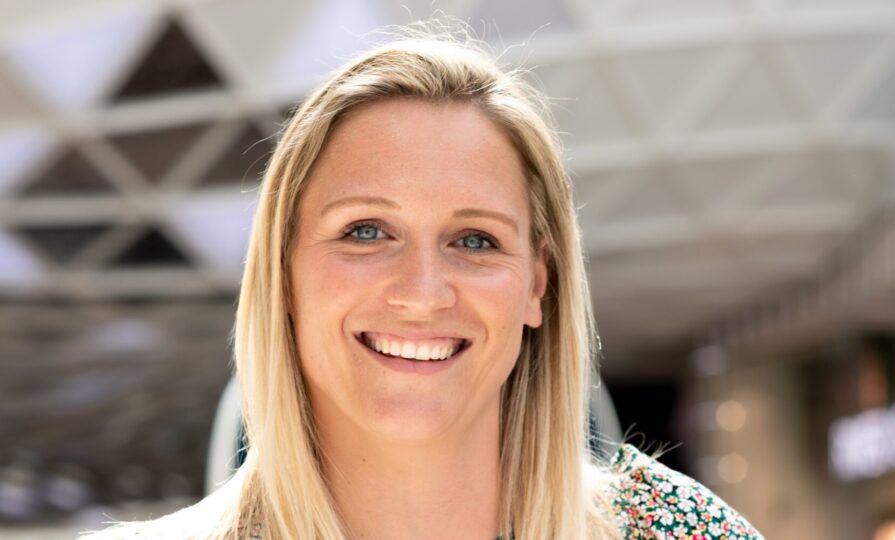
Westfield London has announced the opening of its new Wellness Village, in a move to cater to the growing demand for accessible health and wellness experiences within a retail setting. The new space offers over 50,000 sq. ft. of health and wellness brands and services.
According to the latest report from the Global Wellness Institute (GWI), the UK wellness industry has been witnessing extraordinary growth. The UK wellness economy reached a staggering $224bn (£168.26bn) in 2022, positioning it among the top five global wellness markets. This growth highlights both the resilience of the wellness industry and the rising significance of wellness real estate, a sector that has more than doubled in value since 2019.
Jacinta Rowsell, director of operations UK at Unibail-Rodamco-Westfield, explains that today’s consumers expect “more than just retail from major destinations”. In recent years, the group has also seen a surge in interest around beauty within physical retail, and this momentum has now expanded into the broader health and wellness space.
She says: “Our latest How We Shop report shows rising demand for convenient health and wellness services, with 58% of consumers wanting them in retail spaces and 52% preferring wellness hubs to traditional GP surgeries.”
With this clear shift in behaviour, creating a dedicated Health and Wellness area felt like a natural next step for Westfield. “It allows us to meet these evolving needs head-on, offering our visitors convenient access to services they truly value, all in one dynamic and accessible location,” Rowsell says.
Chris Camacho, CEO of Cheil UK and seasoned marketing leader with a strong focus on the retail sector, describes the new wellness zone as “a bold, visionary leap that redefines retail,” adding that it creates “an immersive environment where shopping becomes an experience of wellbeing.”
According to Camacho, this isn’t just about expanding product offerings, it’s about transforming how people interact with retail spaces, with one of the first truly seamless integrations of physical and mental health.
With the sharp rise in health-conscious consumers and the recent boom in wellness businesses, the timing could not be more perfect. “People now expect access to wellness centres, nutrition outlets, and fitness hubs as part of their local shopping experience,” Camacho notes, reflecting a shift in consumer priorities toward convenience and healthier lifestyles.
Westfield’s How We Shop report highlights this trend, particularly among younger generations — 71% of Gen Z and Millennials stated that they want greater autonomy over their healthcare, especially when it comes to personalised, non-emergency treatments.
Additionally, today, 70% of UK adults say they’re open to accessing non-emergency healthcare in non-traditional settings, such as shopping centres. This growing demand for accessibility is directly influencing the types of brands and services Westfield is bringing into its centres. Recent additions like Prince Pharmacy and Betterview reflect this shift.

Rowsell says: “We’re also seeing rising interest in wellness and aesthetic services, with new openings including assisted stretching studio StretchLAB and beauty specialists So.Shell, offering nail and brow treatments.”
Roswell also believes that this diversified experience can serve as a blueprint for other shopping centres in the UK and internationally to follow.
At Westfield Hamburg-Überseequartier, URW’s latest mixed-use flagship destination in Germany, has also seamlessly integrated retail, entertainment, dining, office space, and residential living — all within a vibrant, experience-led environment. “It exemplifies how our response to the growing demand for wellness and holistic lifestyle services is being embedded into the fabric of our international destinations,” Rowsell adds.
In South Korea, Starfield Hanam features ‘Sports Monster,’ a fitness playground for active entertainment paired with shopping. These wellness magnets create visits that benefit adjacent retailers combining health activities with dining and shopping in a single journey.
Pete Champion, co-founder and director at brand and customer experience agency I-AM, sees this shift as tapping into something deeply human. “Gone are the days of ‘I shop therefore I am,“Consumers now seek richer, more soulful experiences in physical destinations.”
Champion, who’s worked with brands like Adidas, Diesel, and John Lewis, views Westfield’s move as part of a broader trend towards “hybrid” environments, where a space for one purpose expands to meet a range of lifestyle needs. Westfield in the UK has always been ahead of its time, anticipating shifts in consumer behaviour and redefining what a shopping centre can be. A prime example is its early move to bring luxury into a dedicated space within Westfield London.
Rowsell notes that when the centre first opened, it “intentionally created a boutique-like environment that felt distinct yet accessible”. What you’re seeing now with Health and Wellness at The Village is the natural evolution of that vision. We’re building on that legacy by curating spaces that go beyond traditional retail, expanding beyond the expected fashion and dining offerings to seamlessly integrate health and wellness into the experience.”
Other brands such as Walmart’s healthcare hubs, CVS’s HealthHUBs, and even Lululemon’s in-store meditation pods are all examples of integrating mindfulness, fitness, and biophilic design into retail layouts. According to Aaron Shields, executive director of Experience Strategy for EMEA at Landor: “Wellness is no longer a department—it’s a differentiator.”
“The best retail environments are blending merchandise with medicine—creating experiences that feel emotionally aligned with brand promises,” says Shields. “Westfield isn’t just following a trend. They’re positioning themselves at the crossroads of health, experience, and community.”
But not everyone is convinced this shift is as consumer-centric as it appears. Kat Patterson, managing director at Art of the Possible, questions the true motives behind the rise of wellness hubs. “Shopping centres haven’t just responded to behaviour—they’ve shaped it, often at the expense of real communities,” she says. “Wellness hubs might look like progress, but are they just another way to centralise spending and keep people within corporate ecosystems?”
Patterson points to towns like Stockport and Swindon as cautionary tales. “The decline of the high street wasn’t inevitable—it was orchestrated. The question is whether these wellness-driven models will truly serve communities, or continue to erode what made local economies vibrant in the first place.”
However, as mentioned earlier, these wellness-driven models have been incorporated into retail as a result of consumer demand for convenient and personalised healthcare options. Ben Essen, global chief strategy officer at Iris states that this isn’t about ticking a health box. “It’s about creating famous, exciting experiences that promise to make people feel amazing. Maybe it’s time for the pharmacy to be the most exciting thing in retail.”
By combining luxury shopping with comprehensive wellness options, Westfield is redefining the retail experience and setting a new benchmark for mixed-use destinations. As consumer preferences continue to evolve, initiatives like the Health and Wellness Village will play a crucial role in shaping the future of retail and wellness.
Camacho believes this integrated, multifunctional approach will become the new norm. “Retail destinations must become immersive, lifestyle-first environments that reflect modern priorities. The future of retail is hybrid, and it’s here now.”

